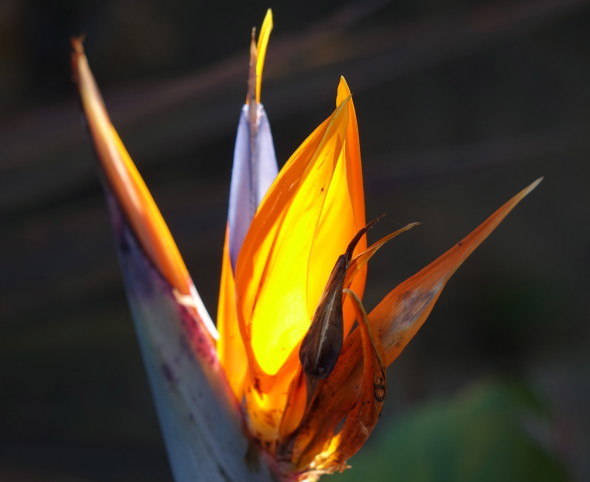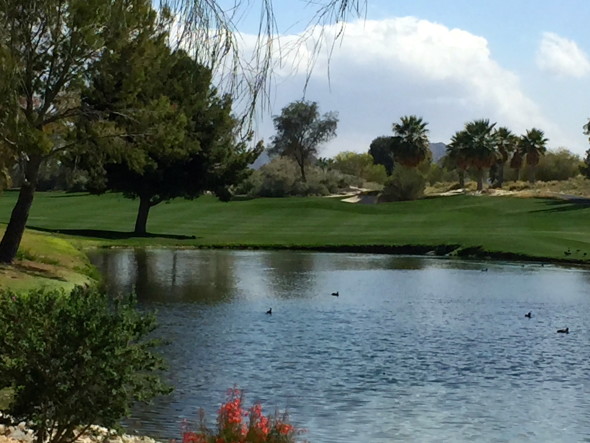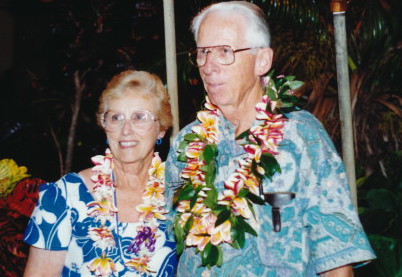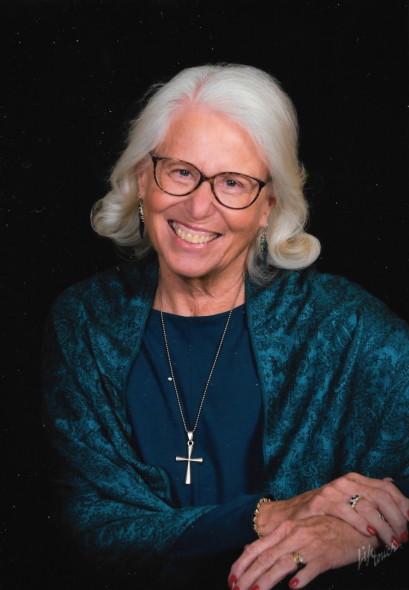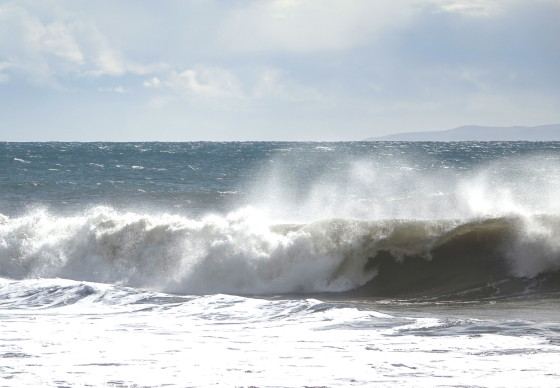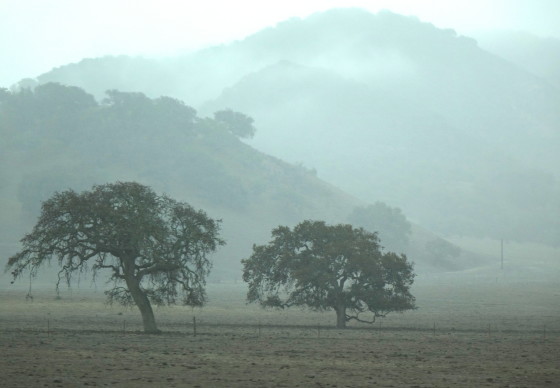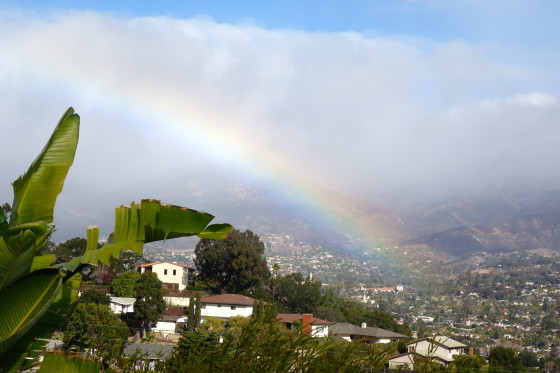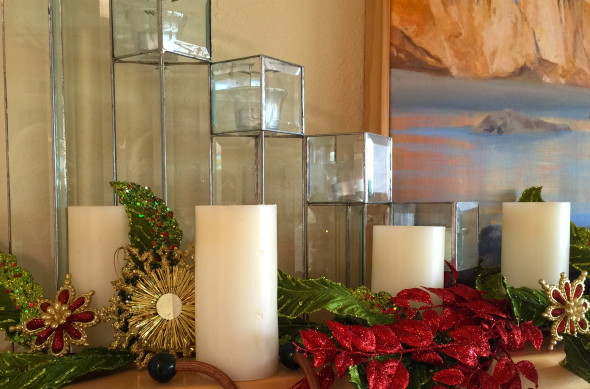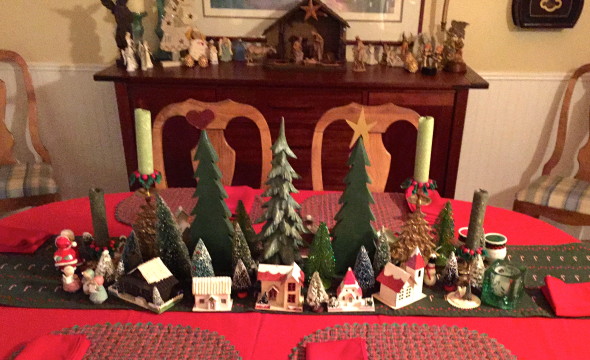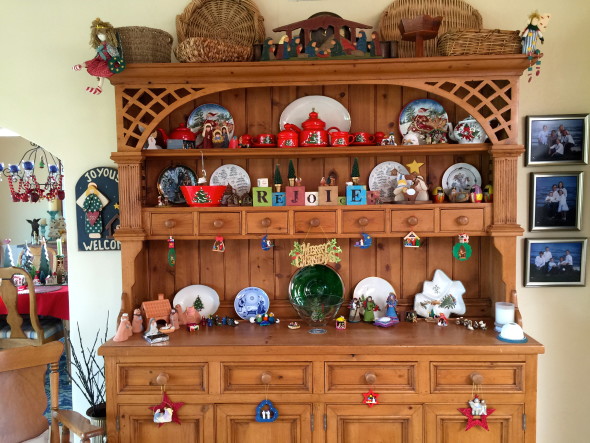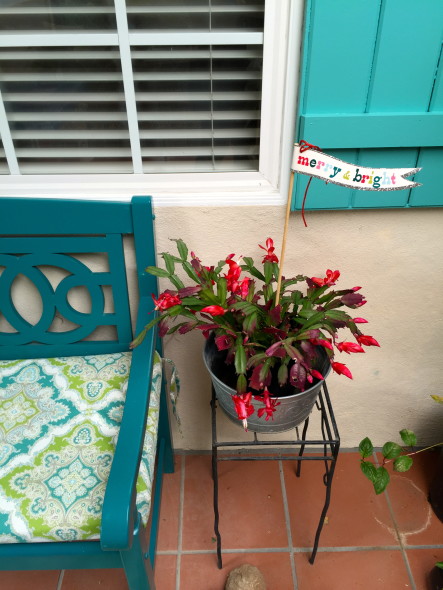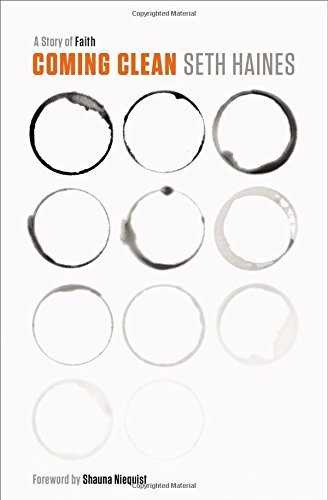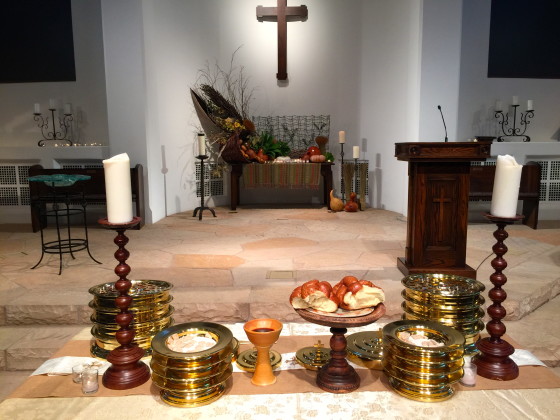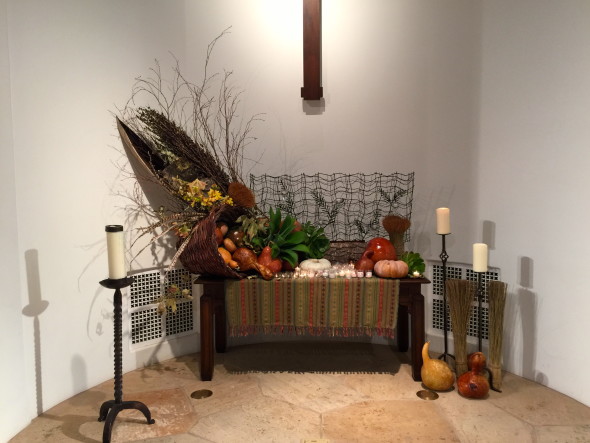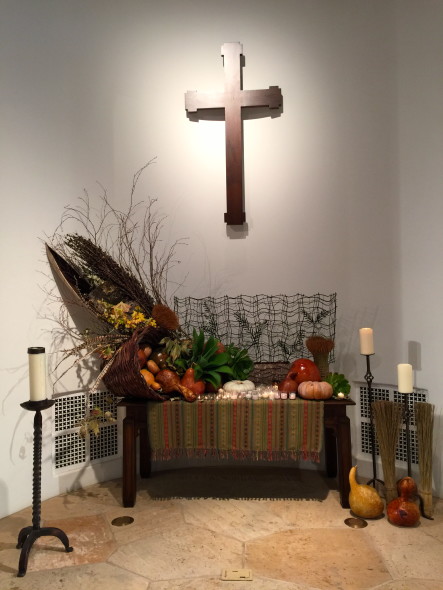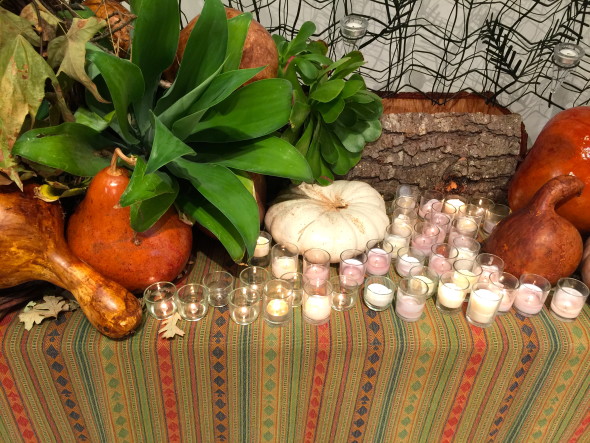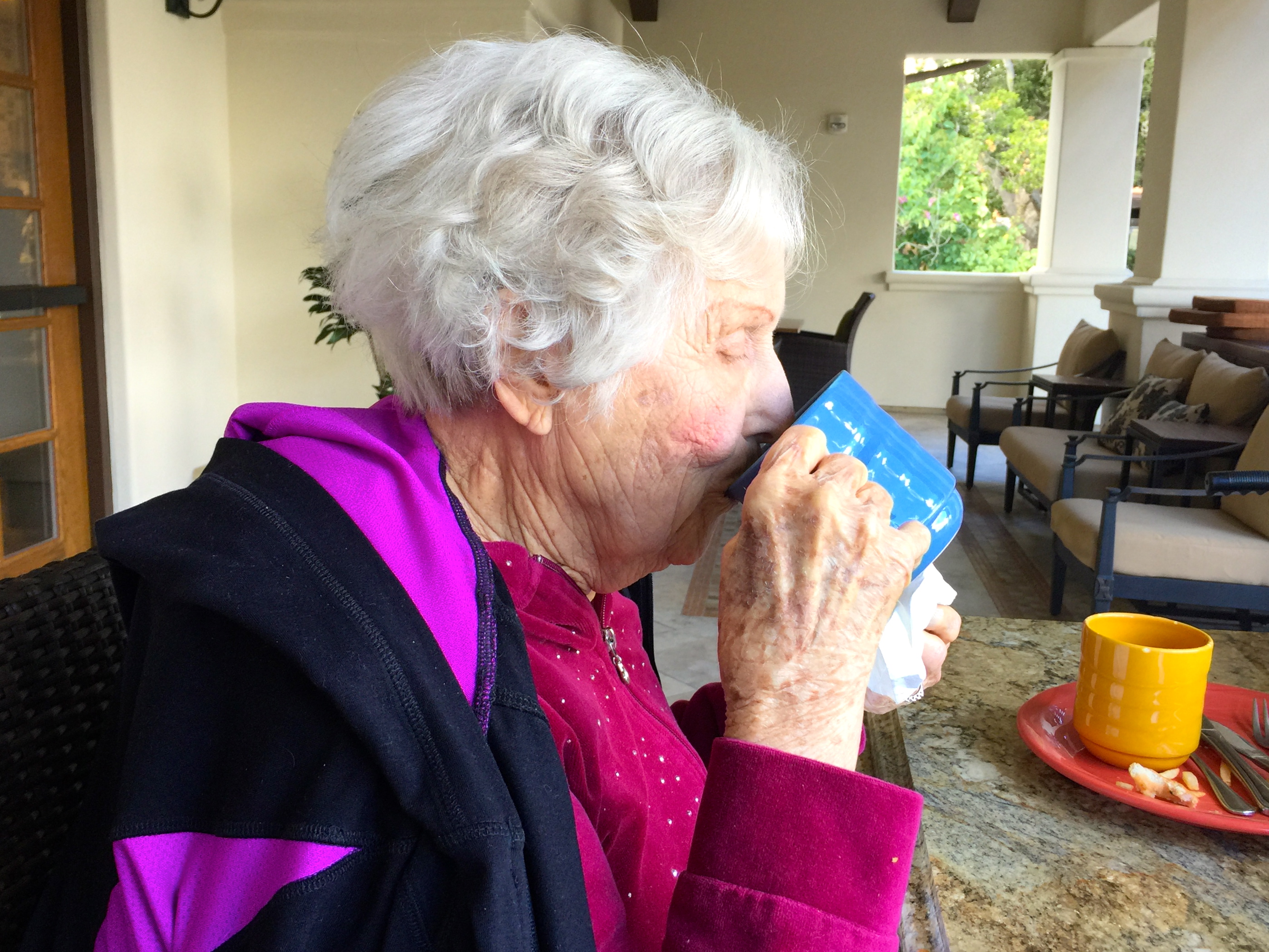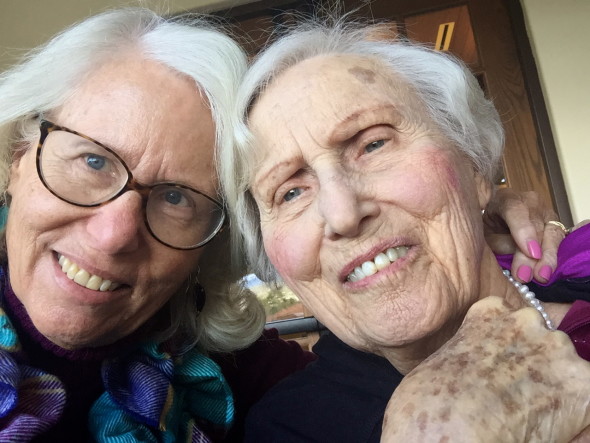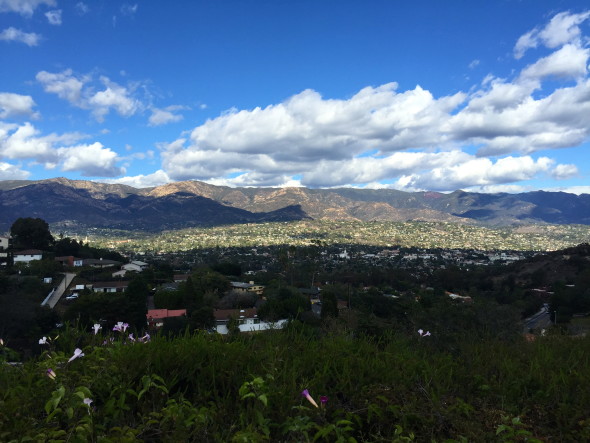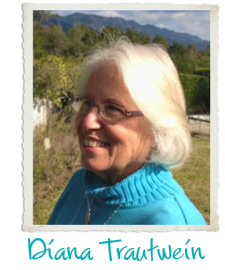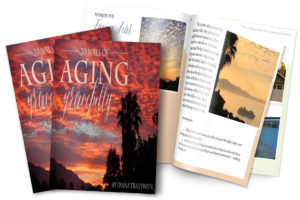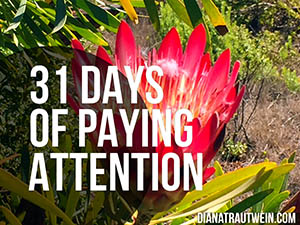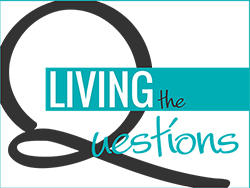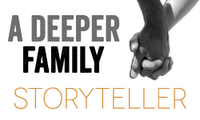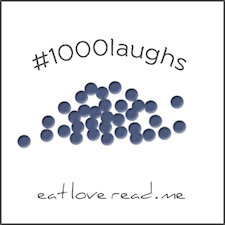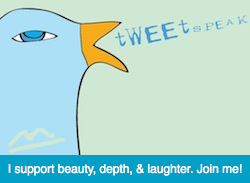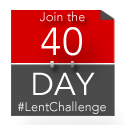And it’s Saturday again, SheLoves Saturday. Please begin this piece here and then follow the link over to that lovely place to read the rest. Our theme for the month of March is: “I see you.”
As I write these words, we are one third of the way through Lent, and I am deep in the wilderness over here on the west coast. If I look out my window, I don’t see wilderness around me, but I know I’m in it nonetheless. It feels a little bit like all hell has broken loose as I sit in my office, or at the local coffee house, or in the office of another who has asked me to come for conversation and encouragement.
I’ve been listening to lots of different people lately. I do that all the time, truth be told, and some of those people even pay me for a particular kind of listening, a listening together called spiritual direction, which I spent three years learning. I continue to learn how to do this with each of the twelve different people who visit me, in person or via Skype, for a one-hour session each month. Every one of those persons is unique, with his or her own set of questions and wonderings; each one a distinctly individual person, with their own gender, age, marital status, life experience, spiritual struggle, need for discernment and companionship.
Yet they are all alike in one central and important way: they each want to be seen.
I believe there is a deep-seated desire built into us, a desire to be known and understood. And for my money, the phrase, “I see you,” is one of the rarest and richest in the English language. To be truly seen includes being truly heard. And it implies being valued and held in high regard. To be seen in this way is to begin to understand our own, intrinsic worth, which is the most basic and important of the foundation stones upon which sturdy relationships can be built.
All of the listening I’ve been doing in recent days, however, has led me to the sad conclusion that we do not see one another very well at all. This is not new, is it? We human creatures resist the very thing we long for, and so we hide. And sometimes we do that hiding well enough to reap the whirlwind.
Too many friends are reaping that whirlwind these days.
In the last week, I’ve heard stories of betrayal, diminishment, neglect, fear, sorrow, loss and pain. Marriages in jeopardy, careers on the line, friendships torn asunder by cruel words and careless actions, gut-wrenching fear overwhelming solid judgment, children struggling with addiction, and a long list of serious health crises, too often exacerbated by stressful relationships at home and/or work.
Wilderness, indeed. Bleak, endless, monotone.
And then, I remember . . .
Finish this one over at SheLovesMagazine – just click here to find it.
